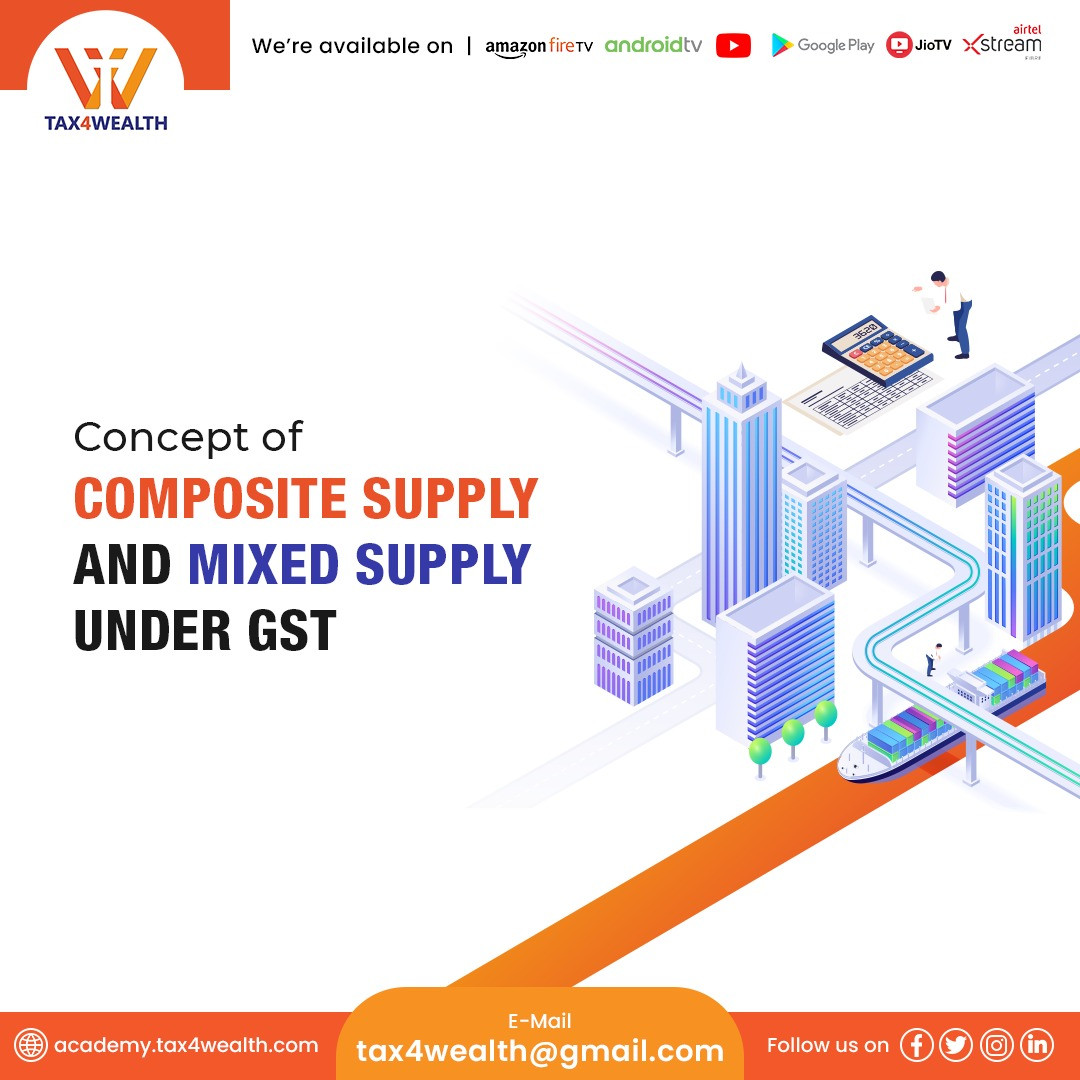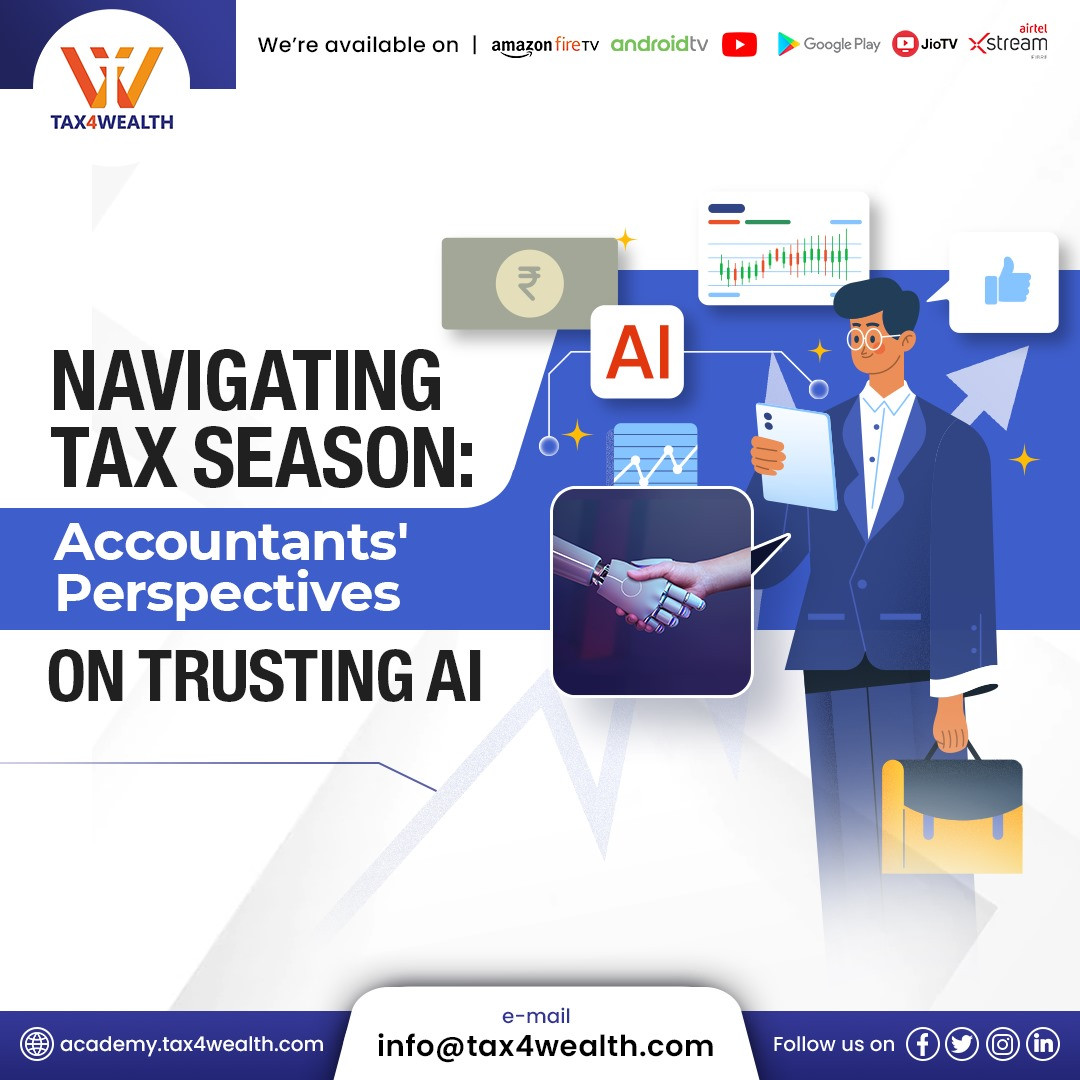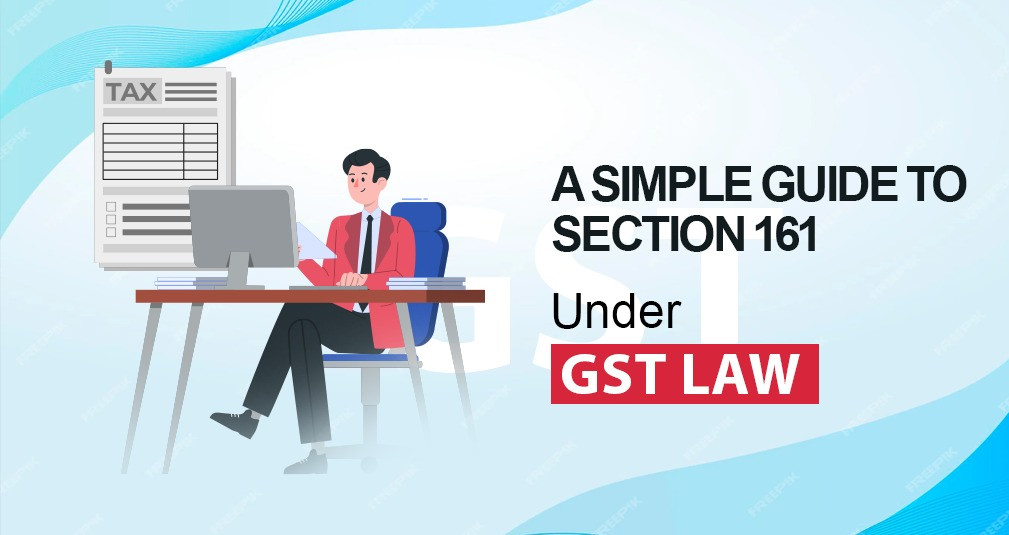
Mandatory GST Compliance Task to be Done Till 30 Sept 2022
A lot of GST-related compliance needs to be completed by this month’s 30th or before, September is a particularly stressful month for tax and finance experts in many businesses. Some of these include correcting invoices, fully using ITC from the previous financial system, and building the new e-invoices procedure.
To avoid any form of associated action through the tax department, the experts suggest that the documents be created with the utmost caution. Tax experts noted that September is a busy month for financial and tax professionals because it is when many crucial compliance deadlines, including those for claiming GST credit for the previous financial year, supplying credit notes, correcting invoices, and reversing GST credit based on non-payment to suppliers, fall.
According to the tax expert, the implementation of e-invoicing beginning on October 1, 2022, for dealers with sales surpassing 10 crores rupees, may also impair input GST credit and compliance for multinationals that interact with small vendors.
Tax experts stated that it is a wise decision to make preparation such as timely GST return filing with all information filed in GSTR-1, keeping accurate paperwork, and acquiring the account from a CA or CMA.
This might refer to e-way bills, fixed asset registers, payment challans, buy and sale registers, etc. If sufficient documentation is kept, the reconciliation procedure will go much more smoothly in the case of a notice of scrutiny or even at the time of closing the books of accounts.
It's also crucial to reconcile your returns with your book of accounts. Other fundamental actions that one should remember include comprehending the Reverse-Charge Mechanism's regulations and notifying the GST authorities of changes in one's firm.
There is a list of essential requirements that must be completed on or before September, with the aid of tax specialists.
1. New GST E-invoicing Phase:
As of October 1st, the assessors must have e-invoicing if they secure a revenue of more than Rs 10 cr. Therefore, it would be necessary for competent assessors to compute their firms, make IT system changes, and be ready to produce the aforementioned bills.
The company would recognize identifying and keeping an eye on the vendors to whom the GST e-invoicing rules may apply to make sure that the company receives GST after invoices to claim an input tax credit.
2. Credit Notes:
According to section 34 of the CGST Act 2017, associated credit notes for any supply made during the financial year 2021–2022 may be reported up until the GSTR-3B due date for September 2022. As a result, the credit notes would be for the specified period and would need to be paid on or before September 30, 2022
To claim the necessary GST adjustment, credit notes about the required term must be given on or before September 30, 2022, as announced in the GSTR-1 form.
In fact, for the period, not until September 2022, any credit notes granted about output GST e-invoices but not reflected in the GST returns must be reported in GSTR-1.
3. Changes to GSTR-8 filed by the operator of the e-commerce:
Every e-commerce operator is required to collect the tax on the net value of the supplies they purchase from different suppliers and deposit it by filing a return using Form GSTR-8 within 10 days of the end of the month (except service providers who are required to report under section 9(5) of the CGST Act, 2017).
Want to become an Expert in GST ? Click here👉 GST Certification Course
Accordingly, a mistake in the GSTR-8 submitted for FY 2021-22 may be corrected up to the GSTR-8’s deadline of September 2022.
4. Blocking of GST ITC Over Time:
By Section 16 of the Central Goods and Services Tax Act of 2017, ITC claims for invoices related to the Financial Year (FY) 2021–2022 may be submitted up to September 2022.
The taxpayer is required to complete/update the reconciliation of the ITC available in GSTR-2A/2B (to date) with the ITC claimed in GSTR-3B and to take appropriate action in the case of an ITC mismatch to avoid any potential ITC loss for invoices related to FY 2021–2022.
5. Rectification of GST Invoices:
Up to the deadline for Filing GST Return for September 2022, any revisions to the invoices issued for the external supplies for the FY 2021-2022 may be incurred.
Additionally, the firm must do the reconciliation of the information provided in GST returns and recorded in the books of accounts since the invoices filed in the GST returns for the FY 2021-22 may be updated up to the delivery of the GSTR-1 form in September 2022. The disparity must be corrected in GSTR-1 for the month, not until September 2022, once it has been reconciled.
Disclaimer:
The aforementioned article has been made for reading and studying. Before making any decisions, we advise you to speak with a CPA or tax advisor. The author is not liable for any losses incurred as a result of decisions made in reliance on the aforementioned content.
Visit us at https://academy.tax4wealth.com/blog for additional updates.
Related News
No comments yet, Be the first to comment.













